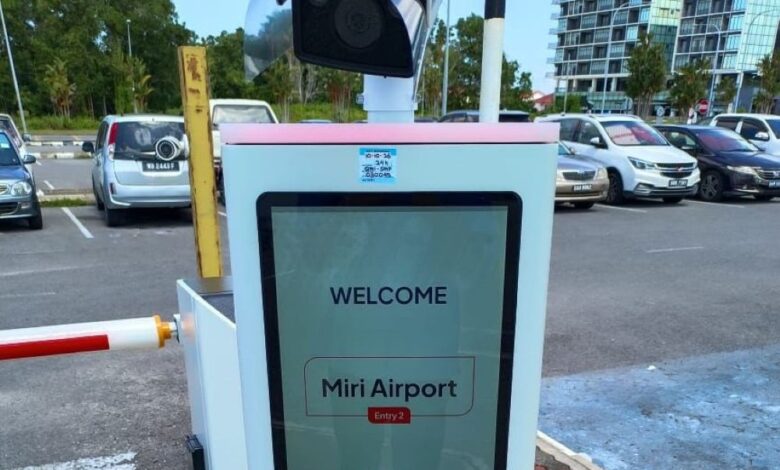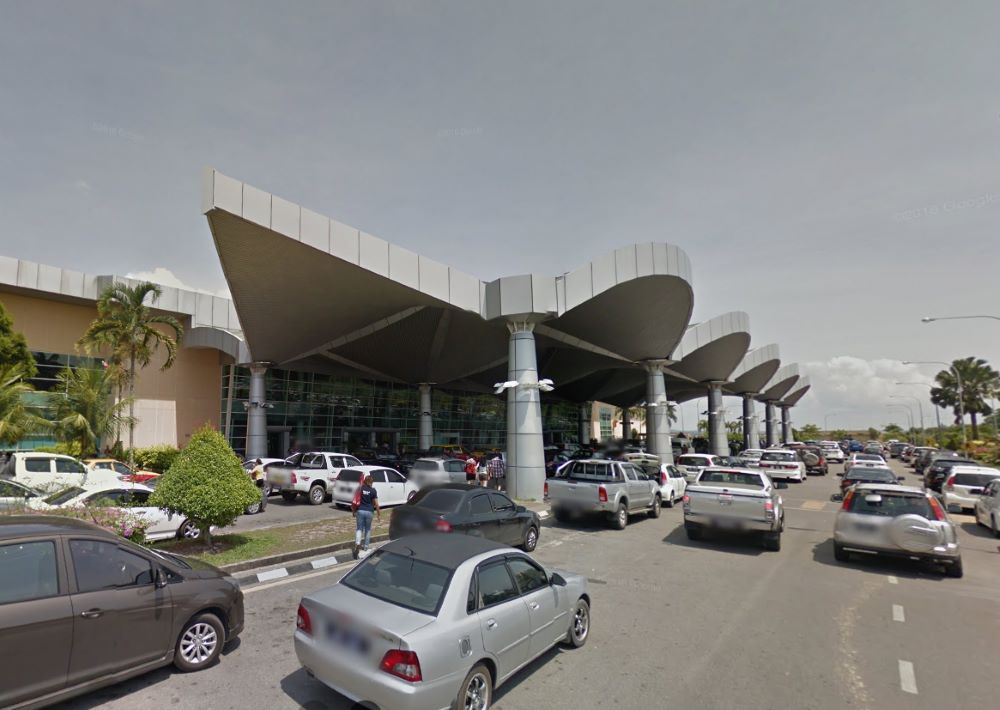Miri Airport latest to adopt cashless parking system

Miri Airport in Sarawak is the latest airport in Sarawak to adopt a cashless payment system joining the likes of Kuching Airport and Bintulu Airport.
Based on an update shared by the airport management on it’s social media page, the airport’s latest tech allows users to enter and exit public parking bays with License Plate Recognition (LPR).
LPR identifies vehicles which had paid their parking fees, and then lifts the security barrier gate which in turn will allow these vehicles to exit the parking space.
Fees can be paid using major ewallet services, DuitNow QR and major credit cards.
In addition to easing payment of parking fees, the new cashless parking system also identifies the number of available parking lots within the parking area.
Payment for parking fees can be done via machine or the Dash app, which you can download on the Apple’s App Store or Google’s Play Store.

New Miri Airport parking rates
An image sighted by us also saw that there would be changes to the parking rates at the airport. The new parking rates at Miri Airport would start from RM3/hour, with the rates increasing by RM2 per hour from the fourth to the 12 hour of parking.
From then on, subsequent parking rates reduce to RM1/hour until the 15th hour, with the maximum daily parking rate capped at RM30/day
The graphic we received below can be a reference for the new parking rates.

About Miri Airport
Miri Airport (IATA: MYY, ICAO: WBGR) is a vital aviation hub located in the Malaysian state of Sarawak, Borneo. It is the sixth-busiest airport in Malaysia and the second-busiest in Sarawak, serving as a primary gateway to the northern region of the state.
Strategically positioned near the border with Brunei, MYY is the main operating base for MASwings, which provides essential rural air services to remote towns and national parks, including Mulu and Bario, using Twin Otter aircraft.
The airport also handles routes by major airlines like Malaysia Airlines and AirAsia, connecting Miri to key Malaysian cities such as Kuala Lumpur, Kuching, and Kota Kinabalu, as well as a direct international service to Singapore via Scoot.
The modern, two-storey terminal, while operating beyond its original design capacity, offers essential facilities to over 2 million passengers annually. With a single 2,745m runway, Miri Airport remains crucial for both commercial flights and the logistics supporting the region’s offshore oil and gas industry.
Main image & News source: Malaysia Airports





